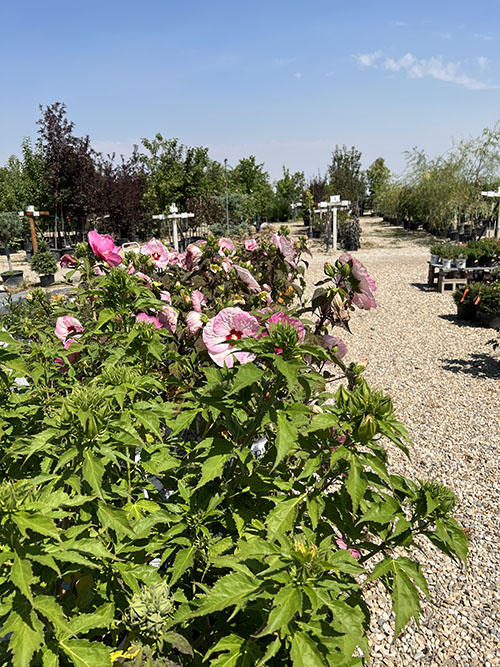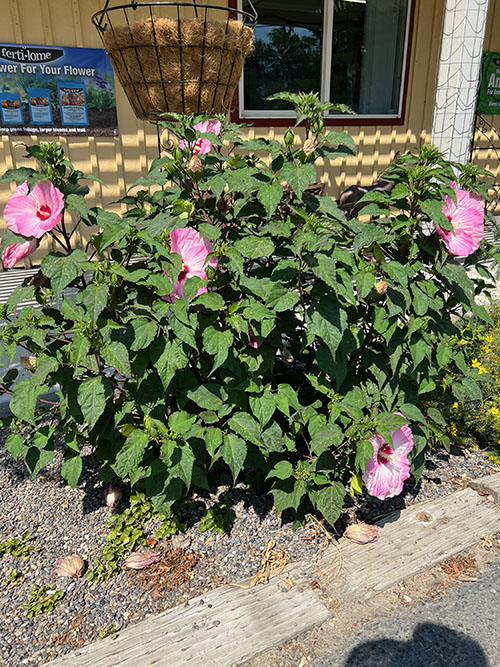The Western United States is experiencing a heat wave, and with temperatures hanging out above the 100-degree mark in the Treasure Valley for days on end, you may be wondering when the best time to water is.
Hot weather is here to stay, but that doesn’t mean the extreme heat has to ruin your garden or flower beds.
While it may take a little more planning and effort to keep your plants thriving in the extreme heat, it’s easier than you think! Hot weather can be difficult on plants, whether they are newly planted or more established plants.
Here are some watering tips on the best time to water, how often to water plants, and how to water your plants in the best way, and reduce heat stress (on both of you!).

What’s the best time to water?
The best time to water your plants, in general, is in the early morning. Regular watering in the morning, and watering deeply is the golden rule when it comes to keeping things evenly moist on a hot day.
Also, it’s a good idea to avoid watering plants when your neighbors are, in order to enjoy more water pressure, so pay attention to their schedules and tweak your watering schedule appropriately.
This allows the water to reach the root zone or root systems of your plants before it evaporates, and is also the most efficient way to water plants if you looking for ways to conserve water. Water evaporates faster in direct sunlight when it is windy, and during hot weather in general, so early morning is best.
Morning watering plants is also more pleasant than watering plants in the afternoon when you are trying to find ways to stay cool during this scorching Idaho summer. Optimally, you will want to water plants between 6-10:00 AM, but even a mid-morning watering is better than waiting even a few hours later.
But what about putting an evening session in your watering schedule?
In theory, it seems like evening watering would be just as effective as morning watering. Early evening watering may be convenient, but it’s not optimal, and here’s why.
The soil and your root zone have been soaking up the heat all day, so even when the air temperature drops, the latent heat in the ground (as well as the concrete, asphalt, and other structures is still holding on to that heat. It takes many hours for the ground to cool, which is why watering in the morning is preferable.

Also, watering in the evening can potentially encourage bugs, critters, pests, fungi and bacteria that is unwanted to grow and proliferate, causing a whole other list of problems that you will have to contend with.
Watering plants in the morning can be an enjoyable task, but there are many ways to get the job done without using a watering wand or garden hose, for sure!
A soaker hose works great for those areas of your yard or property that can’t be adequately watered by your sprinkler system. If you have annual shrubs and bushes or other plants that can block the plants behind them from getting watered, then soaker hoses can be a great solution.
Drip irrigation is also another great way to make sure that your flower beds or your vegetable garden is getting the moisture it needs, without beating up your produce and plant leaves. Drip systems will also help you conserve water by making your watering less likely to hit your fences, buildings, patios, and sidewalks.
Smart watering tips when you are using a drip irrigation system is to check your drip emitters at least 2-3 times during the irrigation season to ensure that they aren’t clogged and that they are still working.
While watering your plants at the right time is incredibly important, knowing how much to water plants, and how often to water plants is just as important! Deliver water, but deliver it wisely.
We will cover that next.

How often should I water my plants when it’s hot outside?
A healthy root system will always weather drought, heat, and pests better than a root system that is stressed or too shallow. It’s also possible to get too much moisture, so water early and give them a good soaking, but don’t drown them!
Overwatering your plants can actually cause them to suffocate. It also makes them more susceptible to pests and diseases, and damage. Wet conditions aren’t suitable for all plants either. Some in fact prefer things a little on the drier side, while others thrive with moisture. Many plants will also require more or less watering depending on where they are in their growing season as well.
While frequent watering is good, when you water too frequently, you train your root systems to remain shallow, as they adapt to the frequent watering. When you water deeply, but less frequently, your plants will learn to look deeper for water, and will be more drought resistant and heat tolerant as a result.
A good rule of “thumb” is the finger test, to go beyond the soil surface.
Put your finger about one-half inch deep in the soil surrounding your plants. If the soil is wet or moist at the root of your plant, then there is probably no need to water. But if it’s dry, dig a little deeper, maybe 4-6 inches, and if it’s still dry, it’s time to water!
Hot days are harder on plants, so when the thermometer climbs, it’s a good idea to check more often. There are of course other signs of distress, like wilting plants or dry, cracking or crumbling soil.

How to water plants in different locations, containers, and of different types.
Watering will also depend on the health, age, species, variety, and age of your plants. Another consideration is where they are placed, what they are planted with or next to, and how much sun or shade they get a day.
A final consideration is the size of the container that they are in. Container plants are more vulnerable to both heat and improper watering than plants that are situated in the soil. They dry out faster, they heat up faster, and if they aren’t able to drain properly or drain at all, they can suffocate your plants.
Potted plants are a joy, but remember to give them the special consideration they deserve in order to have healthier plants!
In general, the smaller the container, the quicker the soil with dry, so remember to check and water your smaller containers more frequently. The material that your containers are made out of matters as well. Some materials will hold heat up faster, or hold the heat in longer.
The age of your plants will have an impact on your watering as well. More established trees, for instance, will be able to weather the weather a little better, while new plantings and fragile annuals.
Our soil in the Treasure Valley in Idaho is clay for the most part. It holds moisture for a long time, so established trees and shrubs will benefit the most from heavy watering twice a week. Watering more frequently than that could cause root rot, or for your trees or shrubs to develop shallow root systems that won’t do them any favors during a drought event.
New plants of every kind will also need more frequent watering. Vegetable plants will wilt faster than hardy perennial plants, as well as plants that are not as well suited for our area. Don’t rely on your automatic sprinkler systems to take care of your newly planted plants.
In the first few days after they are planted, check on them daily until they are established. Then, you can cut back to checking them only twice a week, and then once a week or less once they are established and thriving.
